Review: Yamaha RX-A850 4K A/V Receiver
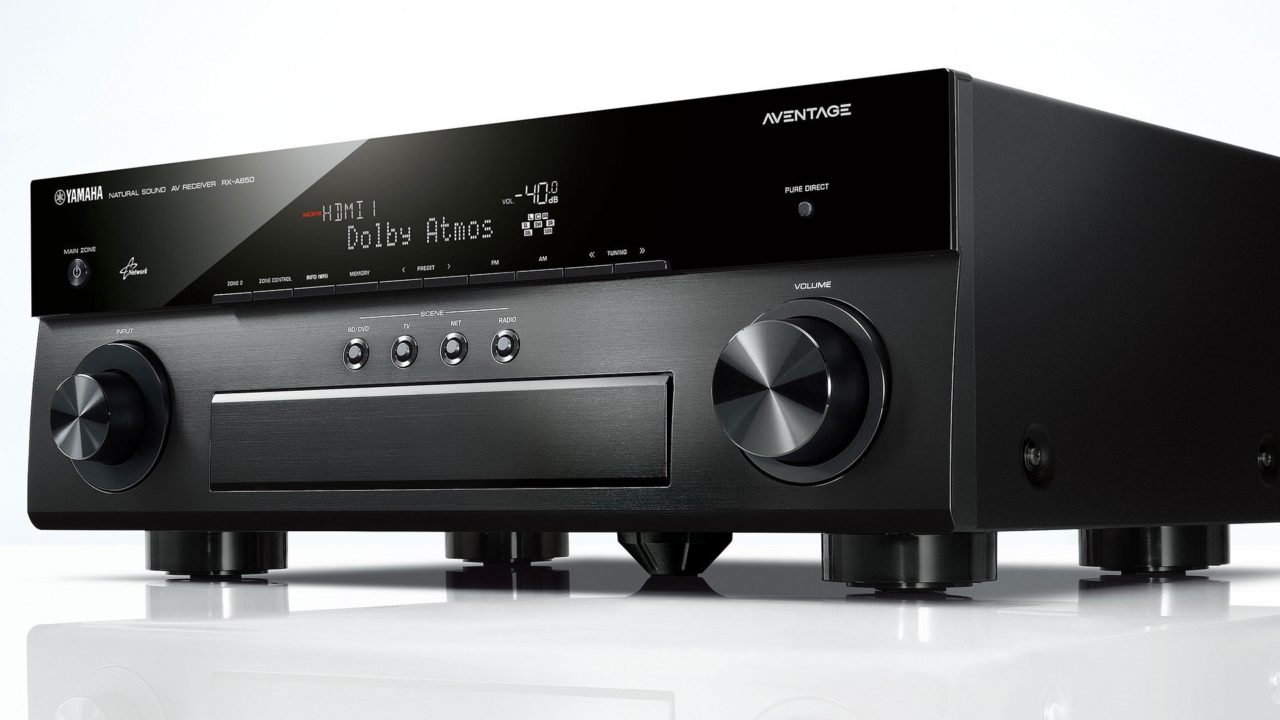
Last October, I bought a Pioneer Elite VSX-90 7.2 Channel A/V Receiver for my family room. I was looking for something that would allow me to switch 4K content through to my Vizio P-Series 4K UHDTV. The receiver was able to do that and provide good quality sound but I was never happy with its reliability. It wouldn’t turn on at times, requiring a physical reset, and it took as many as 8 seconds for it to switch inputs. After months of frustration with the Pioneer receiver, I finally gave up and decided to replace it.
One of the brands I considered to replace the Pioneer was Yamaha. I hadn’t bought a Yamaha receiver in quite some time, but I was interested in the company’s Aventage line and decided that the RX-A850 had all of the features I was looking for at a decent price ($900 as of the date of this review). It needed to support HDCP 2.2, 4K, HDR, and, most importantly, it needed to sound good! While not necessary for my personal needs, the RX-A850 also offers support for Dolby Atmos (if you need DTS:X support you’ll need to move up to the RX-A1050, which will run you $300 more).
The RX-A850 has spent the past few weeks powering my family room’s home theater setup. Read on for a look at the receiver’s features, setup process, and performance.
Features & Specifications
The Yamaha RX-A850 sports the following primary features and specifications:
- 7.2 Channels
- Rated Output Power (1kHz, 2ch driven): 110 W (8 ohms, 0.9% THD)
Rated Output Power (20Hz-20kHz, 2ch driven): 100 W (8 ohms, 0.06% THD)
Maximum Effective Output Power (1kHz, 1ch driven): 160 W (8 ohms, 10% THD) - Dynamic Power per Channel (8/6/4/2 ohms): 130 / 170 / 195 / 240 W
- Rated Output Power (1kHz, 2ch driven): 110 W (8 ohms, 0.9% THD)
- Aluminum front panel and Anti-Resonance Technology Wedge
- MusicCast wireless multiroom audio support
- Bluetooth®, built-in Wi-Fi and Wireless Direct for wireless music streaming
- AirPlay®, Spotify®, Pandora® music streaming service and AV Controller App
- DSD 2.8 MHz / 5.6 MHz, FLAC / WAV / AIFF 192 kHz / 24-bit, Apple® Lossless 96 kHz / 24-bit playback
- YPAO™ – R.S.C. with multipoint measurement
- Dolby Atmos® Support
- Multi-zone audio support (Zone2)
- Phono input for vinyl playback
- Virtual Surround Back Speaker for playing 7.1-channel content with a 5.1-channel system
- HDMI 2.0a: 4K Ultra HD Full Support with 4K60p, HDCP2.2, HDR Video and BT.2020 pass-through
Setup
Setup was pretty simple, with a process that will be familiar to those who have worked with A/V receivers in the past. Simply connect your speakers and components to the corresponding ports on the rear of the RX-A850, then add power and kick off Yamaha’s automated calibration tool, called “YPAO.”
The initial pass through the calibration screen checked for phase issues and, in my case, all was good. The calibration software then proceeded to measure room acoustics. The results were good but I always like to tweak the sound to my tastes. I raised the level of the surrounds and subwoofer and called it done in about an hour, which included unboxing. The menus are simple to navigate and I did not need to setup Wi-Fi as I have an Ethernet connection for our entertainment system.
Performance
While not my first Yamaha product, the RX-A850 was my first experience with the Aventage A/V line, so I entered this review process expecting some good things in the way of audio performance. According to Yamaha, the Aventage uses higher quality parts and design:
AVENTAGE brings studio-grade sound and sophisticated video enhancements to your home with unparalleled attention to detail in design, engineering and fabrication. Every electrical path, every part, every piece, was rethought and redesigned if necessary to achieve total performance excellence throughout the series. Materials were tested thoroughly and the finest were selected to maximize audio / video playback performance.
You do pay a little more for the Aventage. A similar non-Aventage Yamaha receiver (the RX-V781) goes for about $100 less. Other than the “Studio-grade” sound, the receivers are nearly identical in features.
Settings
While testing the RX-A850, I configured the receiver’s primary settings as follows:
Decode Mode: Straight – I want to hear the audio exactly as the mixers intended, without any effects processing from the receiver.
YPAO Volume: Off – This narrows the dynamic range of your audio, which can make it easier to hear dialog during scenes with loud sound effects or music. This type of feature, which is available via several different names on many receivers, can be especially helpful when watching content at night, allowing you to enjoy the audio without raising the volume too much. In most situations, however, a wide dynamic range is part of the intended experience, so you’ll want to keep this feature disabled.
Video Processing: Off – The RX-A850 can scale content up to 2160p @ 60Hz, but I found that results were better when all video scaling was disabled on the receiver and the Vizio UHDTV handled the scaling itself.
Object Decode Mode: On – See below for more on this feature.
Movies
The RX-A850 performed quite well with movies regardless of format. There is enough power to drive extreme action scenes and yet the receiver was easily able to handle the subtleties of ambient sounds like rain or crowd noises.
I did not connect Atmos speakers but I did enable “Object Decode Mode” on my standard 7.1 speaker setup. Object Decode Mode is Yamaha’s name for the processing that enables support for object-based audio tracks like Dolby Atmos. While you need to enable this feature to properly power a true Atmos speaker configuration, it can also be enabled for “traditional” speaker configurations as well.
Perhaps I was just fooling myself, but it did seem as though Object Decode Mode created an Atmos-like effect from my standard 7.1 setup, enveloping me in a “bubble” of sound. The effect I experienced may not be as strong in a larger room, but it’s worth testing this feature even if you’re not ready or able to add Atmos speakers to your setup. Regardless, the RX-A850, with it’s 100 watts of power, will have no issues filling a room of any reasonable size with sound.
Music
Although music won’t be the primary use for the RX-A850 in our family room, I did do some critical listening. With both stereo and multi-channel tracks, I found the receiver to be clear and bright regardless of my position in the room, and I could clearly distinguish and place the instruments within its soundstage.
Overall, the RX-A850’s sound was nice and even, never sounding too bright or edgy. I even tried listening to some digital audio tracks encoded at very low bit rates in order to check out the receiver’s compressed music enhancer feature. The low-quality tracks did sound better via the receiver, but why would you do that to yourself? Just go with 256Kbps MP3 or AAC, or better yet lossless, and never speak of the compressed music enhancer again! With CD quality music the RX-A850 really shines.
Odds & Ends
- Yamaha offers a free app for iOS and Android which can be used to configure and control many of its networked receiver models, including the RX-A850.
- The RX-A850’s remote seems cheap for the Aventage line. The letters are too small and kind of hard to read. There is also no backlight, making it hard to use in a darkened room.
- Only the first three HDMI ports are HDCP 2.2 compliant, so make sure you pay attention when connecting your 4K sources. Big thanks to Yamaha for clearly marking that on the device itself.
- Bluetooth and AirPlay are supported, but I have two set-top devices connected so I did not do much with these features other than verify that they work.
Conclusion
In a world where you can find good receivers for $500, it’s nice to find a receiver built with higher quality parts and a purposeful design meant to enhance your listening experience for not much more. Whether you are watching a movie or listening to music, I found the RX-A850 to be a capable receiver that is worth its price tag.




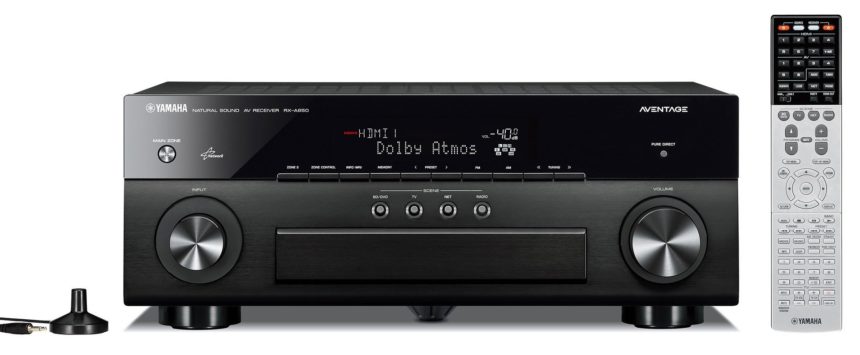
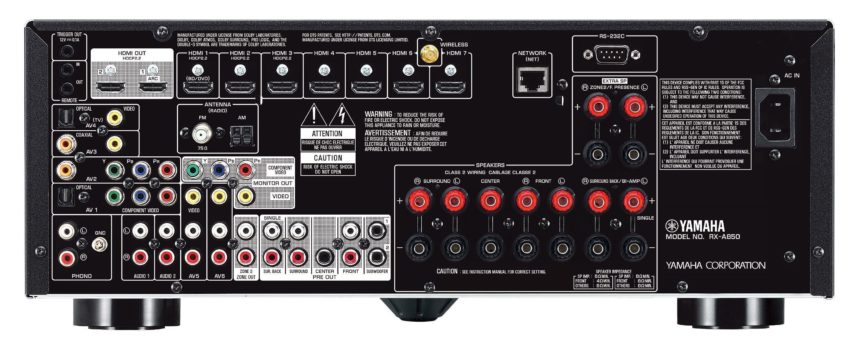
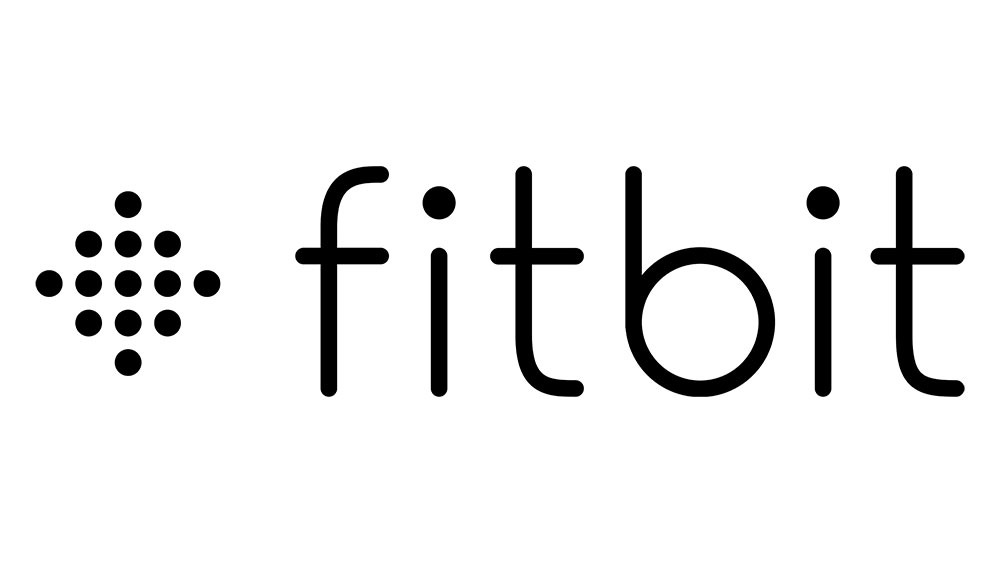



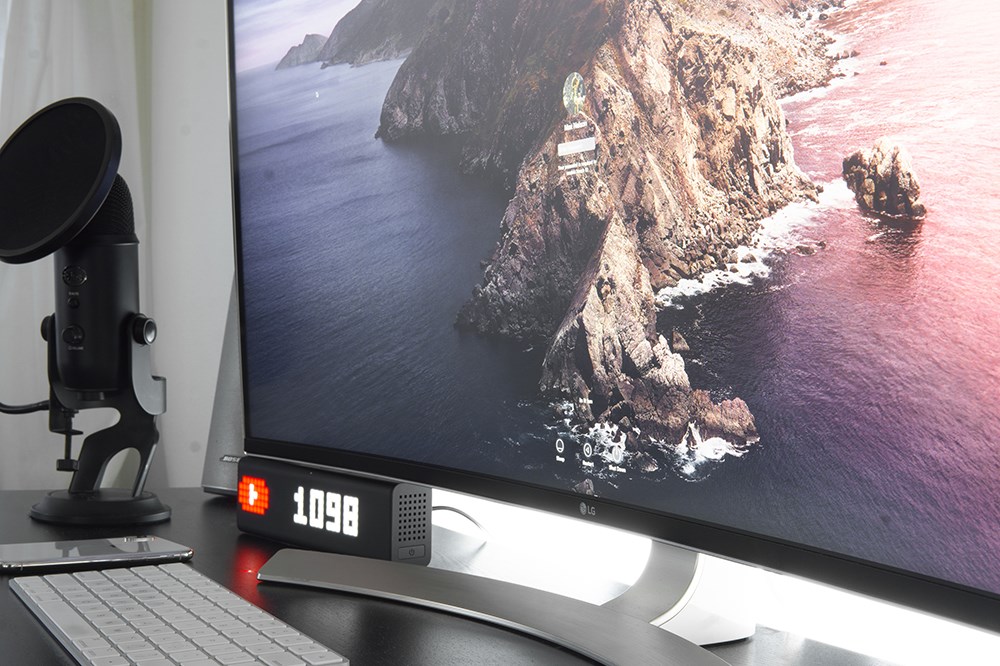








One thought on “Review: Yamaha RX-A850 4K A/V Receiver”
Love your review!
But can you confirm HDR works?
All sites say the update to make HDR work was supposed to come in 2016 via firmware, but I cant find any confirmation it actually was released…
Would really appreciate answer.
Thank you